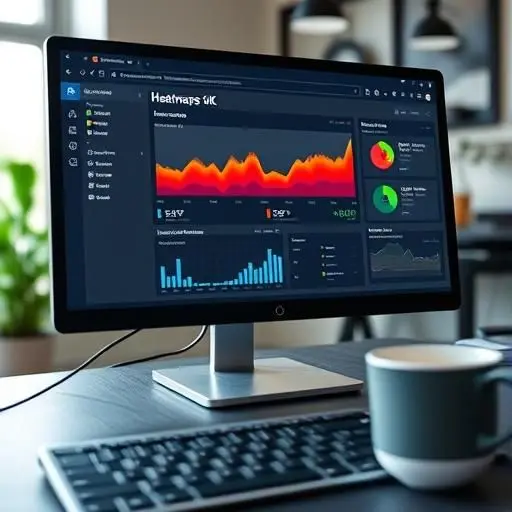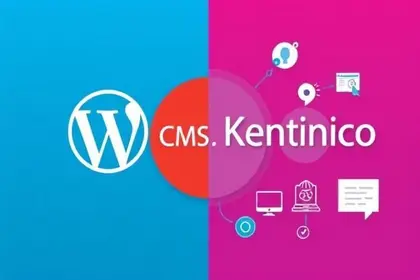Conversion website redesign for agency owners starts with a single question: what small change will add measurable lead volume this quarter? That focus – on leads and measurable uplift – separates cosmetic updates from real conversion optimization work.
Why agency owners must prioritize conversion website redesign

Agency websites sell competence. A conversion website redesign for agency owners is not just about looking modern; it’s about shortening the time from first visit to qualified inquiry. For agencies, every percent increase in conversion rate compounds across retainer fees, project bids, and referral velocity. Real examples: a headline rewrite plus trust badges can lift form submissions by 15% in eight weeks; simplifying a contact flow reduces drop-off on mobile by 22%.
Audit: identify the low-hanging wins
Start with a data-first audit: traffic sources, top landing pages, bounce rates, and funnel leak points. Use heatmaps, session recordings, and conversion funnels to pinpoint where prospects abandon. Document hypotheses and expected impact for each fix – this keeps redesign scope tight and ROI-focused.
Design principles that drive leads
Translate audit insights into design rules: clear primary CTA above the fold, concise benefit-driven headlines, and progressive disclosure for long purchase decisions. For agencies, lead forms should be short, offer a clear value exchange (audit, case study, audit), and include social proof close to the CTA. Sketch wireframes with those rules and test in low fidelity before full build. 
UX copy and messaging: say less, convert more
Copy determines perceived value. Replace agency jargon with client outcomes: “We increase qualified leads” beats “Full-service digital solutions. ” Prioritize scannable content blocks, one idea per section, and CTAs that promise next steps (e. g. , “Get ROI Estimate”). Anchor these changes with measurable KPIs and A/B tests. For tactical guidance on messaging and site-level best practices, review our curated list for lead generation.
Mobile-first adjustments that reduce friction
With most searches on mobile, a conversion website redesign for agency owners must optimize for touch, speed, and context. Reduce form fields, use click-to-call on contact pages, and ensure CTAs are reachable with the thumb. Test on real devices and emulate slow connections to spot bottlenecks. Small mobile improvements often produce outsized lead gains.
Measure, iterate, and scale with A/B testing
Implement experiments for headlines, CTAs, imagery, and form length. Frame each test with a hypothesis, sample size estimate, and success criteria. Run one major structural test at a time (e. g. , single-column hero vs. split-hero) and smaller cosmetic tests in parallel. A disciplined testing cadence ensures the conversion website redesign for agency owners delivers repeatable lifts. 
Implementation tips for agencies (timeline & team roles)
Break the redesign into sprints: audit and hypothesis (1 week), wireframes and copy (1 – 2 weeks), dev and QA (2 – 3 weeks), and testing/iteration (ongoing). Assign a CRO lead, UX designer, and an analytics engineer. If you need a focused modernization engagement, consider converting early wins into a scoped revamp rather than a full rebuild – our Website Revamping & Modernization service shows how phased work reduces risk.
Case studies and quick wins
Real agencies often find the fastest wins by optimizing contact flows and proof points. For example, one mid-size firm doubled inbound RFPs after adding case study summaries next to service CTAs and removing a long, multi-step contact form. If you want step-by-step tactics other founders used to double conversions, check this playbook on UX overhaul outcomes.
Next steps: audit, plan, and test
Begin with a quick, prioritized audit to identify where a conversion website redesign for agency owners will move the needle most. If you prefer an outside perspective, start with a free site audit to get a prioritized list of CRO fixes and expected impact. Prioritize changes by effort vs. impact and commit to a 90-day testing and measurement plan.
Summary checklist
1) Audit traffic and funnels;
2) Define 3 measurable hypotheses;
3) Prototype wireframes with focused CTAs;
4) Run A/B tests and track conversions;
5) Iterate monthly. Each step increases lead volume in a way that’s traceable and repeatable.
Conversion website redesign for agency owners is a continuous process – measure, optimize, iterate. With the right audit, prioritized execution, and disciplined testing, agencies can turn their website into a predictable lead engine.
Frequently Asked Questions
How long does a conversion website redesign for agency owners typically take?
A prioritized redesign focused on conversion wins can take 6–12 weeks: 1–2 weeks audit, 2–3 weeks design and copy, 2–4 weeks development and QA, then ongoing testing. Full rebuilds take longer.
What metrics should agencies track after a conversion website redesign?
Track goal conversions (form submissions, calls), conversion rate by channel, cost per lead, bounce rate on key landing pages, time to contact, and micro-conversions like downloads or video plays.
Can small agencies run A/B tests without a large traffic volume?
Yes—use qualitative data (session recordings, user interviews) and focus on high-impact pages. Run longer-duration tests, prioritise big changes, or use sequential rollouts and cohort comparisons.
Which quick changes usually deliver the fastest lead improvements?
Improve headlines for clarity, shorten forms, add trust signals near CTAs, streamline navigation to reduce friction, and optimize mobile CTAs—these often yield quick uplifts.
Should agencies rebuild their site or revamp selectively for conversions?
Start with a selective, data-driven revamp targeting high-impact pages. A full rebuild is justified when architecture or performance constraints prevent iterative improvements.




